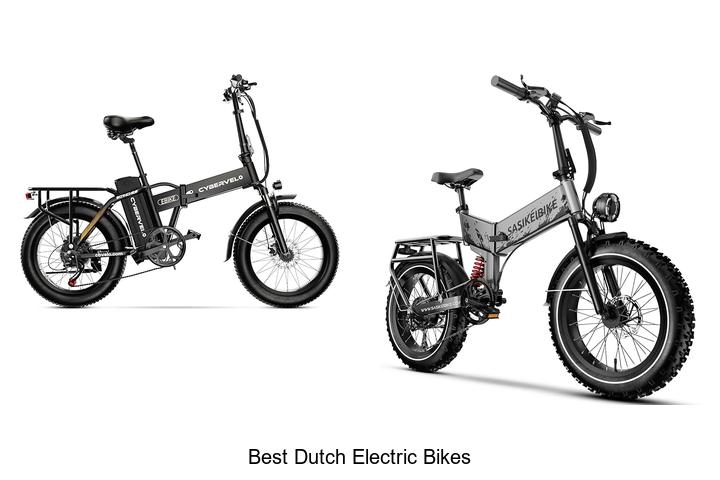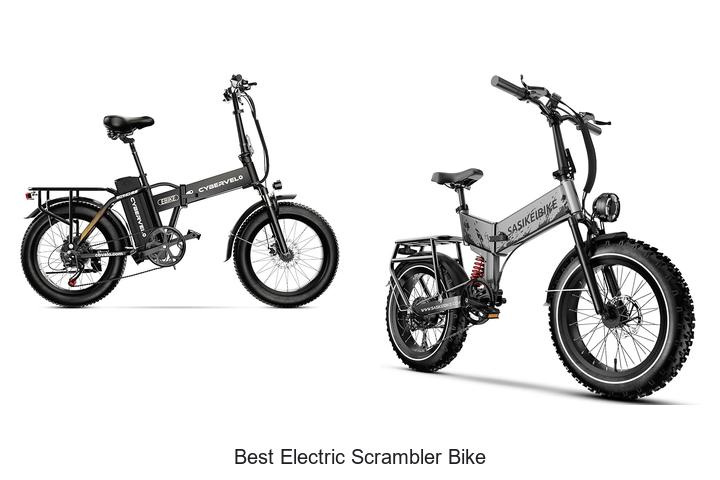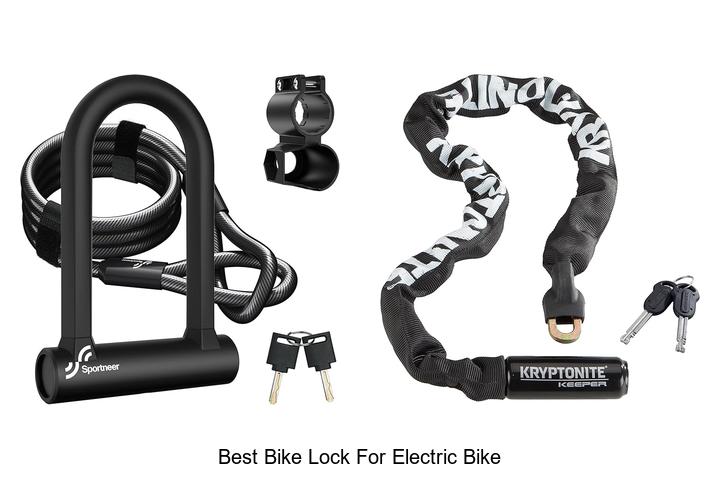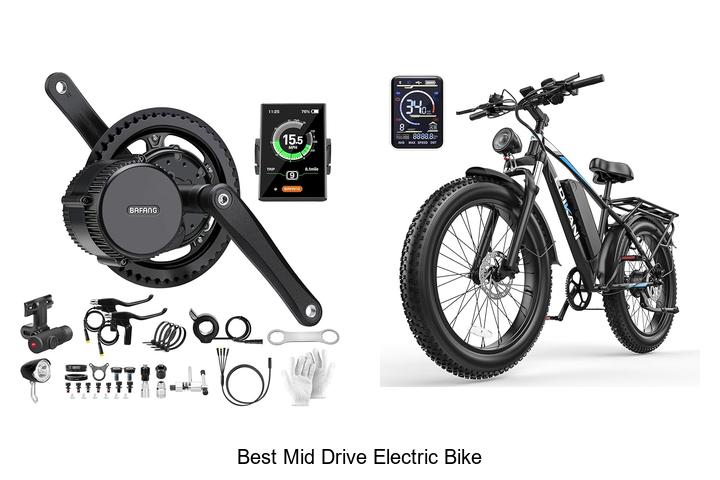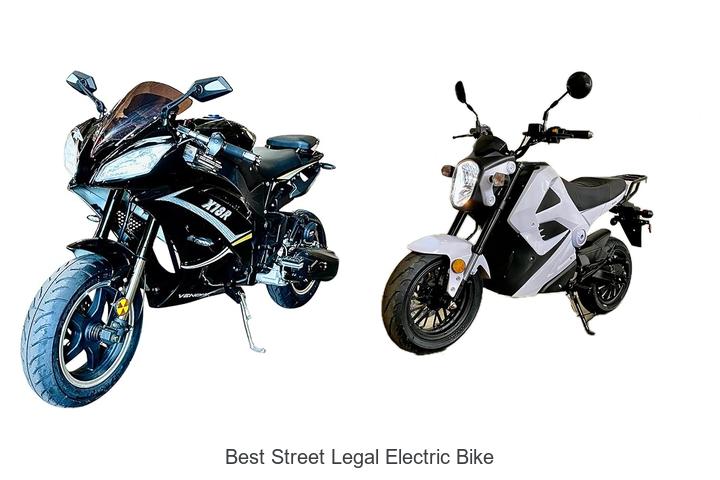What to Look for in an Electric Bike: Key Features Explained
Choosing the right electric bike can transform your daily commute or weekend adventures. With so many options on the market it’s important to know what features really matter to you. Whether you want speed power or comfort understanding the basics will help you make a smart choice.
You’ll want to consider factors like battery life motor type and bike weight to find a model that fits your lifestyle. Knowing what to look for upfront saves time and ensures you get the best performance and value. Let’s dive into the key elements that make an electric bike stand out so you can ride with confidence and ease.
Key Factors to Consider When Choosing an Electric Bike
Selecting the right electric bike involves evaluating several critical aspects that affect performance, comfort, and usability. Focus on motor power, battery capacity, and frame design to match your riding needs.
Motor Type and Power
Choose a motor type based on your terrain and riding style. Hub motors provide quiet operation and low maintenance, ideal for flat urban routes. Mid-drive motors offer higher torque and better hill-climbing ability, suitable for varied landscapes. Consider motor power ratings between 250W and 750W to balance speed and battery efficiency.
Battery Life and Charging Time
Review battery capacity measured in watt-hours (Wh), which determines your riding range. Models with 400Wh to 700Wh batteries enable 20 to 50 miles per charge, depending on conditions. Expect charging times from 3 to 6 hours; faster chargers reduce downtime but might affect battery lifespan. Ensure removable batteries for convenient charging options.
Frame Design and Material
Pick a frame design that fits your comfort and intended use. Step-through frames enhance accessibility, especially in city riding, while diamond frames provide rigidity for off-road or long-distance cycling. Compare materials like aluminum for light weight and corrosion resistance or steel for durability and shock absorption. Validate frame geometry to optimize posture and ride control.
Exploring Different Types of Electric Bikes
Understanding the types of electric bikes helps you match your riding needs with the right model. Each style offers distinct features tailored to specific uses and terrains.
Commuter E-Bikes
Commuter e-bikes prioritize comfort and efficiency for daily travel. They feature lightweight frames, usually aluminum, to ensure easy handling in urban settings. Models often include built-in racks and fenders to support carrying bags and protect from road spray. Battery capacity ranges from 400Wh to 600Wh, providing 20 to 50 miles of range per charge. You benefit from hub motors in commuter e-bikes since these deliver smooth assistance at lower speeds, ideal for stop-and-go city traffic.
Mountain E-Bikes
Mountain e-bikes suit off-road riding and rugged terrains. They incorporate robust frames, often steel or reinforced aluminum, to withstand bumps and shocks. Suspension systems, including front forks or full suspension, enhance control and comfort on uneven trails. Mid-drive motors dominate this category, as they provide better torque and hill-climbing ability. Battery packs tend to be larger, usually 500Wh or more, allowing longer rides through remote areas where charging isn’t available.
Folding and Compact E-Bikes
Folding and compact e-bikes focus on portability and storage convenience. You gain the ability to collapse bikes into smaller sizes, fitting them in apartments, offices, or public transport trunks. These models use smaller wheels, commonly 16 to 20 inches, which improve maneuverability in tight spaces. Battery size varies but remains on the smaller side—300Wh to 500Wh—supporting shorter urban trips. Hub motors are common here, offering quiet operation and simplicity without adding bulk.
Essential Features for Comfort and Safety
Selecting an electric bike means focusing on features that enhance both comfort and safety. These aspects ensure a smoother ride and reduce risks during your journeys.
Braking Systems
Reliable brakes deliver control when you need it most. Hydraulic disc brakes provide strong stopping power and better modulation in wet or steep conditions. Mechanical disc brakes offer solid performance with easier maintenance. Rim brakes suit lighter, urban e-bikes but lack all-weather reliability. Choose a braking system that matches your riding environment and weight for consistent safety.
Suspension and Tires
Suspension absorbs shocks from uneven terrain to increase comfort and reduce fatigue. Front suspension forks suit city streets and light trails, while dual suspension combines front and rear shocks for rough terrains. Tires influence stability and grip. Wider tires handle varied surfaces and improve cushioning; slick tires deliver speed on pavement. Match suspension and tires to your primary routes to maintain a balanced and comfortable ride.
Lighting and Visibility
Strong lighting systems improve your visibility and help you spot hazards earlier. Bright front LED lights with multiple modes and rear red lights increase safety during low-light rides. Reflectors on pedals, wheels, and frame add passive visibility. Consider integrated lights powered by your bike battery to ensure you don’t run out unexpectedly. Prioritize lighting that enhances your presence on the road to ride confidently in any condition.
Understanding Price and Warranty Options
Knowing how price and warranty affect your electric bike purchase helps you balance initial cost with long-term value. Consider what fits your budget and protects your investment.
Budget vs. Premium Models
Budget models typically cost between $600 and $1,200. You’ll find basic motor power, limited battery range around 20 to 30 miles, and standard components suitable for casual riders. Premium models often start at $2,000 and can exceed $5,000. These bikes provide higher wattage motors, extended battery life of 40 miles or more, advanced frame materials like carbon fiber, and enhanced features such as hydraulic disc brakes and integrated smart displays. Choose budget models for occasional city rides. Opt for premium models if you require durability, long-distance travel, or advanced technology.
| Feature | Budget Models | Premium Models |
|---|---|---|
| Price Range | $600–$1,200 | $2,000–$5,000+ |
| Motor Power | 250W–350W | 500W–750W+ |
| Battery Range | 20–30 miles | 40+ miles |
| Frame Material | Aluminum or steel | Carbon fiber or high-grade aluminum |
| Braking System | Mechanical disc brakes | Hydraulic disc brakes |
| Additional Features | Basic controls | Smart displays, suspension options |
Warranty and Customer Support
Warranty packages vary widely, lasting typically 1 to 2 years for parts and components. Premium brands often extend warranties up to 5 years, covering the frame, battery, and motor. Confirm if the warranty includes labor costs and excludes consumables such as tires and brake pads. Reliable customer support from authorized dealers or direct manufacturer service reduces downtime. Check for local service centers or online troubleshooting resources. Strong warranty and support provide peace of mind, especially if you’ll rely on your electric bike daily.
Conclusion
Choosing the right electric bike means finding one that fits your unique needs and riding style. When you focus on key features like motor type, battery life, and comfort, you set yourself up for a smooth and enjoyable ride every time.
Remember that investing in quality components and reliable customer support will pay off in the long run. With the right e-bike, you can confidently explore new routes, tackle daily commutes, and enjoy every adventure ahead. Your perfect ride is out there—make sure it matches your lifestyle and keeps you moving forward with ease.
